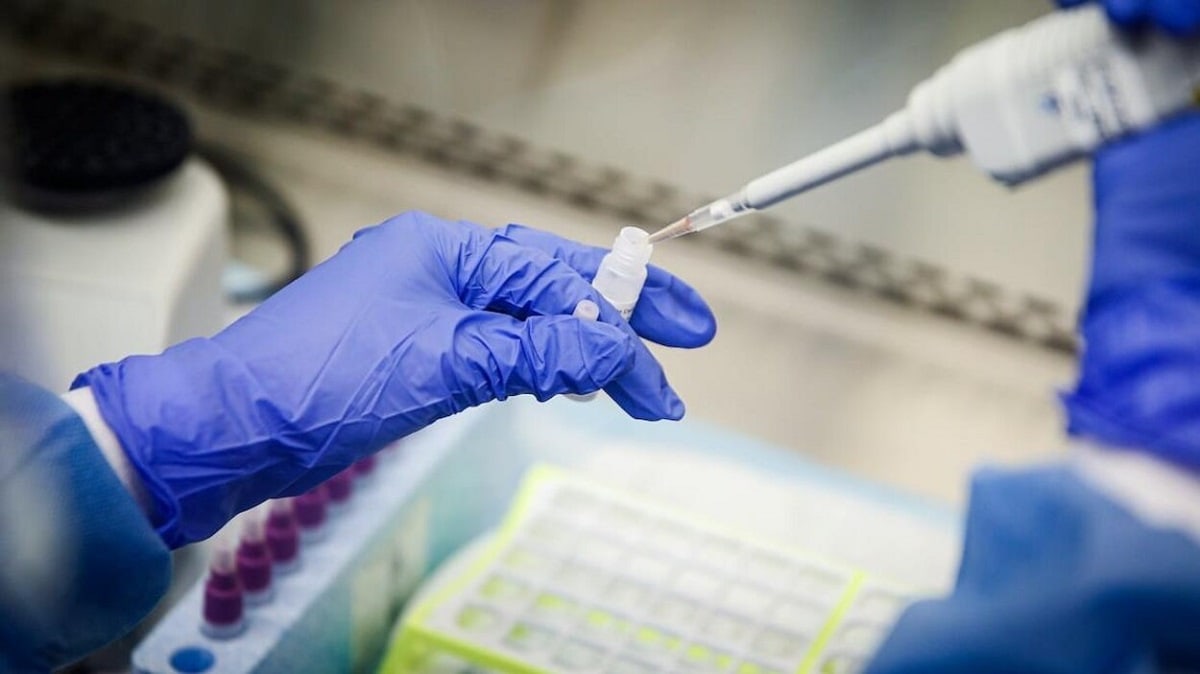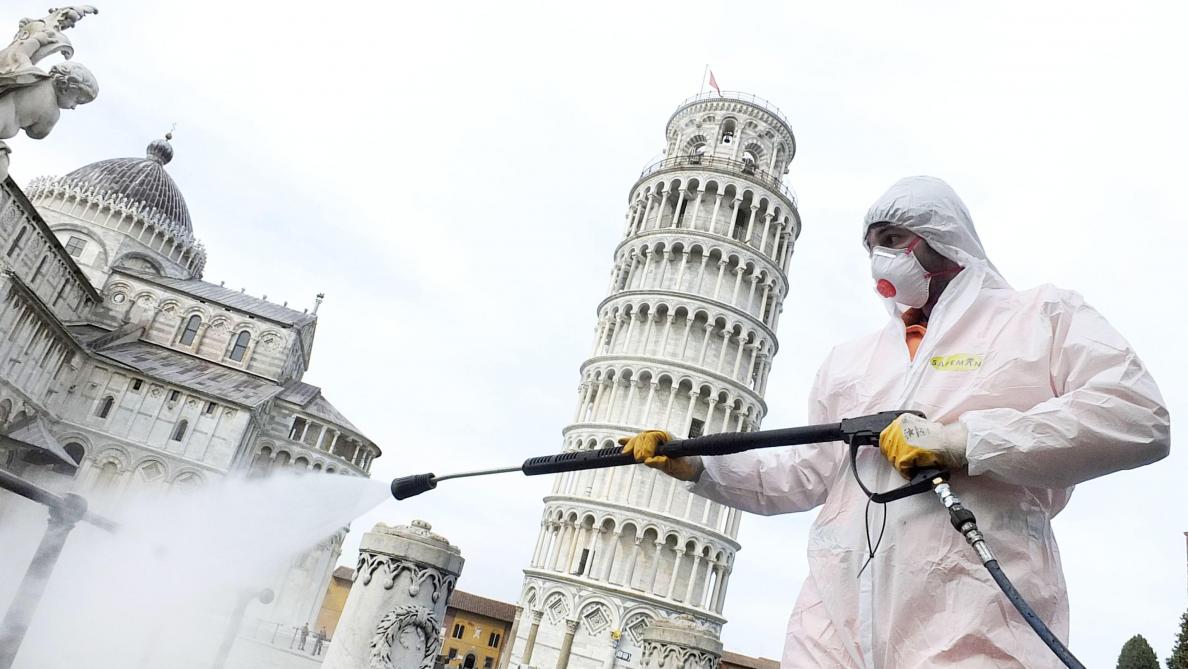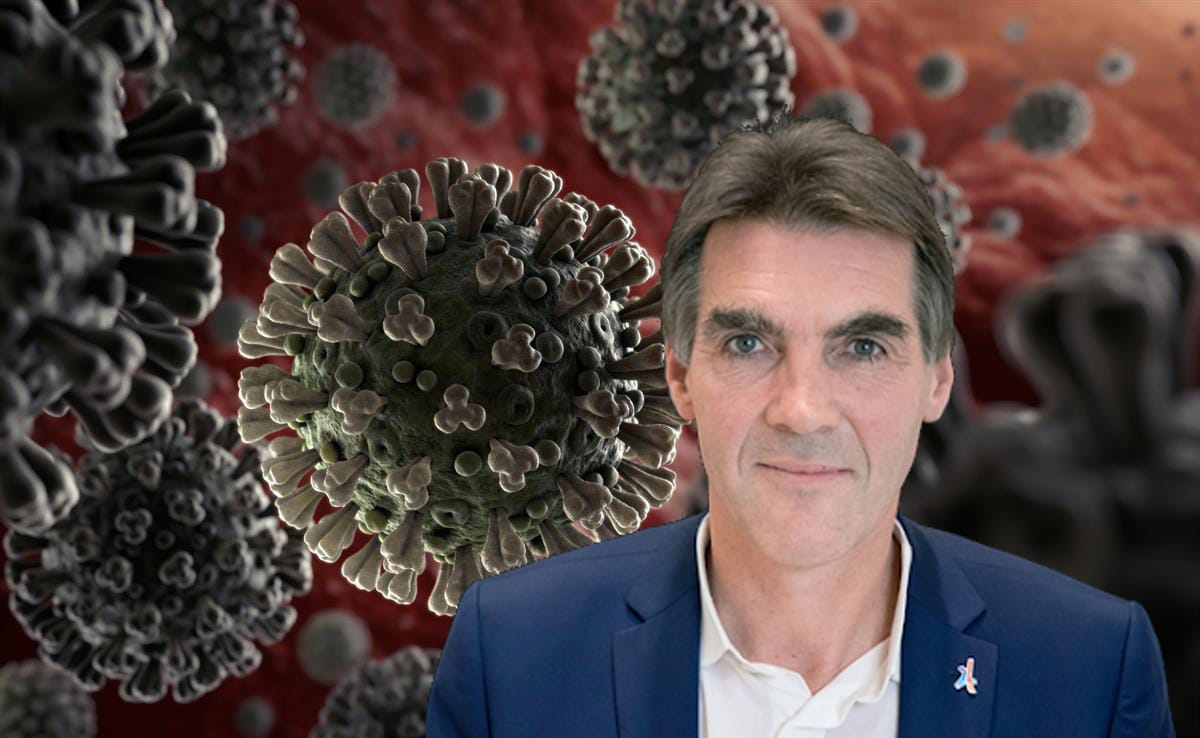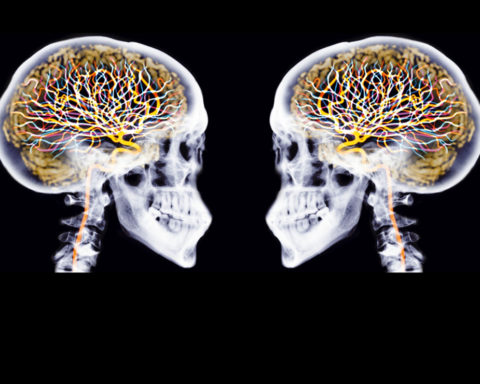Les personnes atteintes par Covid-19 montrent une grande variété de symptômes, allant de l’absence totale de signes cliniques à des états critiques, comme le syndrome de détresse respiratoire aiguë. Or l’état des patients évolue dans le temps de manière parfois inattendue, voire brutale, ce qui complique la prise en charge. Pour mieux comprendre ce virus et donc mieux aider les malades, une cohorte de patients infectés, hospitalisés en raison de symptômes graves, a été constituée. Les données issues de ces patients permettront d’améliorer la connaissance de cette maladie, notamment concernant ses facteurs de risque. Pour une meilleure prise en charge des futurs patients et futures épidémies.
Depuis le début de l’épidémie de Covid-19, les données internationales, comme celles recueillies en France, montrent la même tendance : environ 20% des cas sont des formes graves qui nécessitent une hospitalisation. Afin d’améliorer la prise en charge de ces malades, il est indispensable d’en détailler le plus possible les caractéristiques. Un enjeu de taille face à un nouvel agent infectieux comme le SARS-CoV-2.
C’est précisément le projet de l’équipe de recherche parisienne Infection, antimicrobiens, modélisation, évolution (IAME)*. Ces chercheurs ont constitué une large cohorte de patients infectés par SARS-CoV-2 avec plusieurs objectifs : en premier lieu, étudier la présentation clinique de la maladie, en décrivant les symptômes initiaux, leur évolution, l’aggravation clinique, ainsi que les facteurs de risque de complication et de mortalité.
Il s’agit également de collecter des prélèvements nasopharyngés, obtenus à différents moments de la maladie, afin de déterminer la contagiosité du virus en identifiant sur quelle période il reste significativement présent. Des prélèvements sanguins réguliers permettront quant à eux de mesurer la réponse immunitaire et son intensité, ainsi que la durée de protection conférée par les anticorps produits durant l’infection. Des analyses seront conduites, afin d’identifier d’éventuelles susceptibilités génétiques à développer une forme grave ou des complications (mortelles ou non) de la maladie. Enfin, l’effet des traitements administrés aux patients sera évalué, qu’ils aient été ou non délivrés dans le cadre d’un essai clinique, afin de mieux cerner les approches thérapeutiques les plus prometteuses.
France Mentré et Cédric Laouénan, statisticiens, coordonnent le déploiement de l’étude dans les centres hospitaliers français. Ils ont d’ores et déjà pu fédérer une centaine de services participants, répartis partout en France. Ces services sont invités à inclure tous les patients hospitalisés pour Covid-19, qu’ils fassent ou non partie d’un essai clinique comparant différentes pistes de traitement. France Mentré, chercheuse, biostatisticienne à l’Inserm, coordinatrice du projet, explique :
« L’idée est d’avoir un enregistrement des évolutions cliniques (gravité, sévérité, fièvre, pneumonie), radiologiques et biologiques, sur tous les patients sur le territoire national, d’avoir des prélèvements spécifiques pour travailler sur la réponse immunitaire des anticorps monoclonaux, éventuellement pour en faire des médicaments et aussi travailler avec le Vaccine Research Institute sur la possibilité de développer des vaccins. Pour comprendre l’évolution de la maladie. Maintenant qu’il y a énormément de patients, on va aussi travailler à étudier les facteurs de risque, de gravité. Est-ce que, dans l’évolution précoce des premiers jours, on peut anticiper les patients qui vont s’aggraver secondairement ou pas ? C’est un travail de recueil de données dans tous les centres nationaux en France – et on a ouvert pour le moment [11/03/2020] 56 centres en France, 56 hôpitaux avec qui on travaille – et dans un deuxième temps, d’analyse en temps réel des données. »
« Ce que j’essaie de produire, c’est effectivement des indicateurs pour aider la DGS à la prise en charge de ces malades, d’une part, mais l’autre aspect très important de la cohorte, ce sont toutes ces mesures biologiques qui vont être centralisées dans différents centres – à Pasteur, etc. – pour comprendre les physiopathologies et les réponses immunitaires. »
Une méthodologie partagée à l’international
La mise en place en urgence d’une cohorte observationnelle n’est jamais un travail facile à mener, mais l’équipe s’est appuyée sur un consortium international pour faciliter les choses : « ISARIC (International Severe Acute Respiratory and Emerging Infection Consortium) est un réseau international dédié aux infections respiratoires sévères émergentes. Il dispose d’un protocole d’évaluation standardisé pour ces maladies qu’il a transposé au cas du Covid-19 il y a plusieurs semaines. Nous avons donc pu l’utiliser rapidement pour le suivi de cette cohorte« , explique France Mentré. Tous les échantillons sanguins seront transférés pour analyse dans des laboratoires de référence, afin de disposer de résultats de la plus haute pertinence. Grâce à ce protocole, « nous aurons une même base d’évaluation que les autres pays participants, ce qui permettra à terme de fusionner toutes ces données. Nous pourrons ainsi disposer d’une cohorte internationale dont la puissance statistique sera précieuse« , poursuit-elle.
Le recrutement des patients est aujourd’hui en cours et se poursuivra tant que durera l’épidémie : « Sur le terrain, les malades acceptent volontiers de participer à l’étude, ils comprennent la nécessité de tels travaux« , ajoute la statisticienne. La durée de participation, de la visite d’inclusion à la dernière visite, sera de 6 mois. Mais les conclusions de certaines analyses seront connues au fil de l’eau, à partir des premiers cas déjà inclus. De premiers résultats pourraient être obtenus d’ici quelques semaines…
* unité 1137 Inserm/Université Paris 13/Université Paris Diderot et CIC-EC 1425 Hôpital Bichat, AP-HP
Source : Inserm Paris
Le consortium REACTing (REsearch and ACTion targeting emerging infectious diseases), coordonné par l’Inserm, promeut la recherche contre les maladies infectieuses émergentes. Mi-mars, ce consortium a retenu 20 initiatives scientifiques visant à améliorer les connaissances et la lutte contre le Covid-19. Le projet décrit dans cet article en fait partie.












